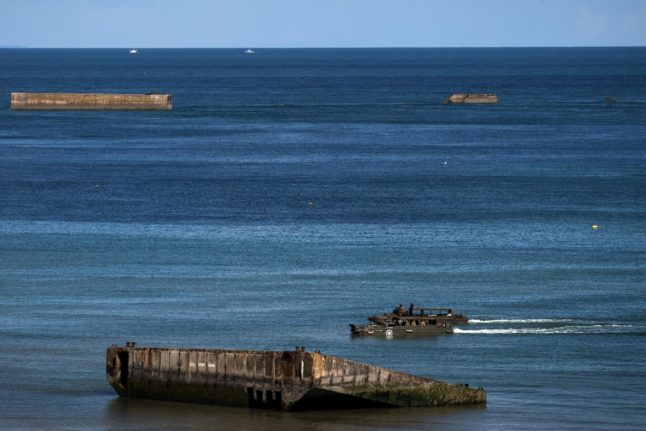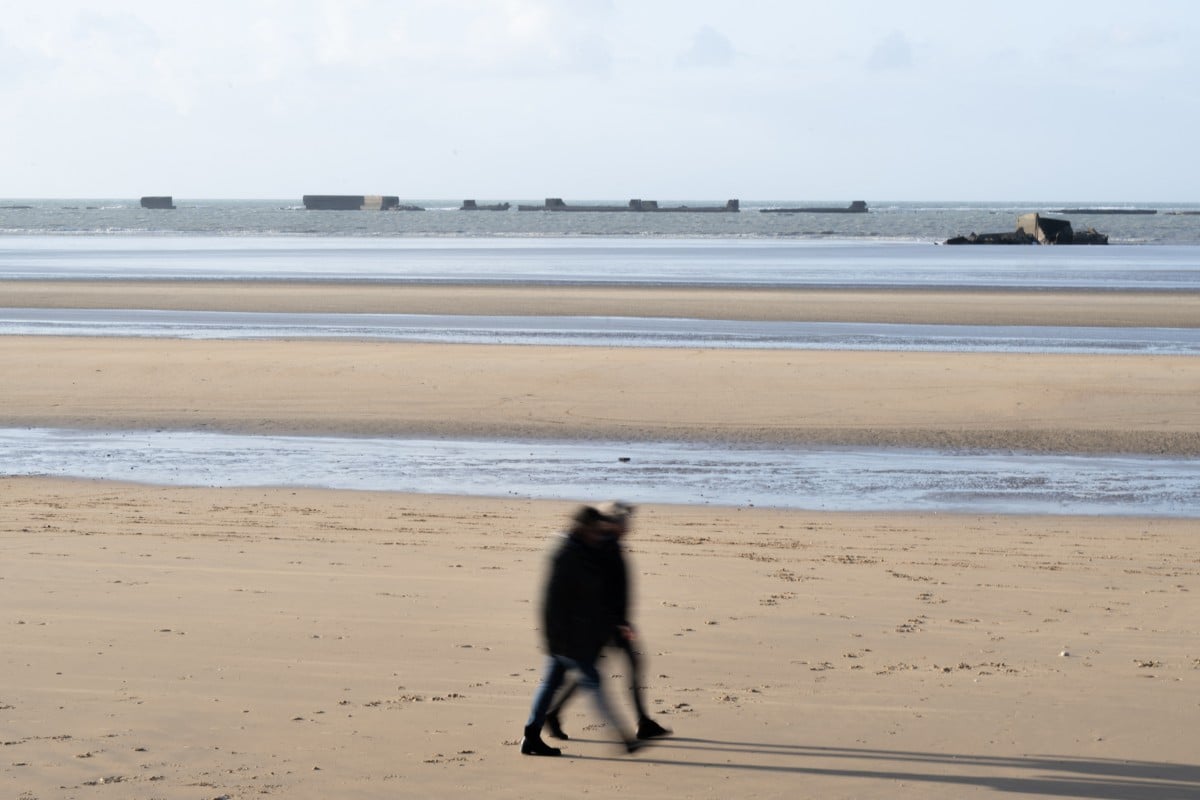France’s public health agency, Santé Publique France (SPF), said in a press release that according to its preliminary estimates, there were “nearly 400 excess deaths, or an increase of 5.4 percent” during the August heatwave that hit the country.
The press release published on Wednesday covered the late-summer heatwave – the third of the summer – that lasted from August 11th to 26th in France, affecting 52 of the country’s 96 mainland départements.
During the 15-day period, 19 French départements were placed on red alert – the highest warning level issued by France’s national weather forecast service Météo France.
Certain French regions saw higher levels of excess mortality than others – the Auvergne-Rhône-Alpes region recorded 169 more deaths than they might during a non-heatwave period. Nouvelle-Aquitaine (which contains Bordeaux) registered 120.
SPF said that the equivalent of 46.3 percent of the French population lived in an area affected by the August heatwave and noted that “people aged 75 and older were the most affected age group”.
They added that no fatal workplace accidents were reported during the heatwave.
In comparison to the first and second heatwaves, the third saw a higher level of excess mortality. During the July 7th to 13th heatwave, public health authorities counted 80 more deaths than during a non-heatwave period and two fatal workplace accidents.
During the second heatwave, from July 17th to 26th, there were “no excess deaths at the national level”.
Nevertheless SPF has clarified that the results are still preliminary and the estimated number of excess deaths does “not reflect the entire impact of heat on health.”
Later in the autumn, French public health authorities are expected to publish a consolidated assessment showing all of the health impacts from extreme heat and level of exposure among France’s population during the summer of 2023.
During the whole summer of 2022 – which consisted of three heatwaves – SPF recorded 2,816 excess deaths. During heatwave periods in 2022, emergency room visits doubled.




 Please whitelist us to continue reading.
Please whitelist us to continue reading.
Member comments